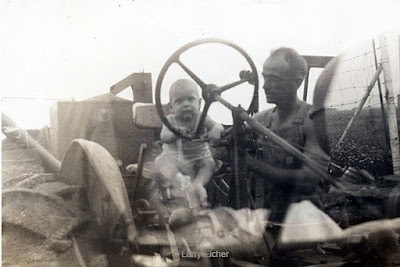ricinus Communis
Castor Bean
 |
| ricinus Communis |
I’ve been trying to understand this bloom in terms of
sexual reproduction so I’ve been reading about it on the web. The upper part, red, is the female, aka,
pistillate flower. The lower part,
yellow, is the male, aka Staminate flower.
They, the staminate flowers, group into clusters. I’ve
read that the pollen comes from the stamen and moves to the pistil. This is
facilitated by insects moving from the pistil to the stamen as in flowers of
other plants which reproduce sexually.
The staminate flower bursts open exposing the pollen to exterior forces
such as bees and wind. I have, so far this
season, yet to see any bees on these flowers.
I’m trying to ascertain what is causing this. We have been very dry here for a month or
two. I would guess that to be the cause. I will let you know when I have definitive information
on this issue.
The fruit is, of course, what appear as beans. They form in the red part which becomes a shell with three in each.
I found a web site, beeculture.com, which was very informative about the plant because the plant depends on bees.
 |
| ricinus Communis |
Connie Krochmal is a plant expert, author and beekeeper living in Louisville, Kentucky. Acording to her, the plant has been cultivated since 7000 B.C. or so. The seeds have been found in ancient Egyptian tombs. They used the oil for lamps and for certain medicinal purposes. I remember being given Castor Oil for something or other when I was young.For my grand daughter Evie, I found the name of an heirloom variety dating to at least the 1870's. Its name is Zanzibarensis.
A number of castor bean varieties are listed in seed catalogs, such as those of Baker Creek, Select Seeds, J.L. Hudson, Jung Seed, Richters, and Thompson and Morgan. Some varieties that are available include the following.
Zanzibarensis is an heirloom variety dating to at least the 1870s. This is by far the tallest – 15 feet. The thick green stems are covered with a violet or white bloom.














